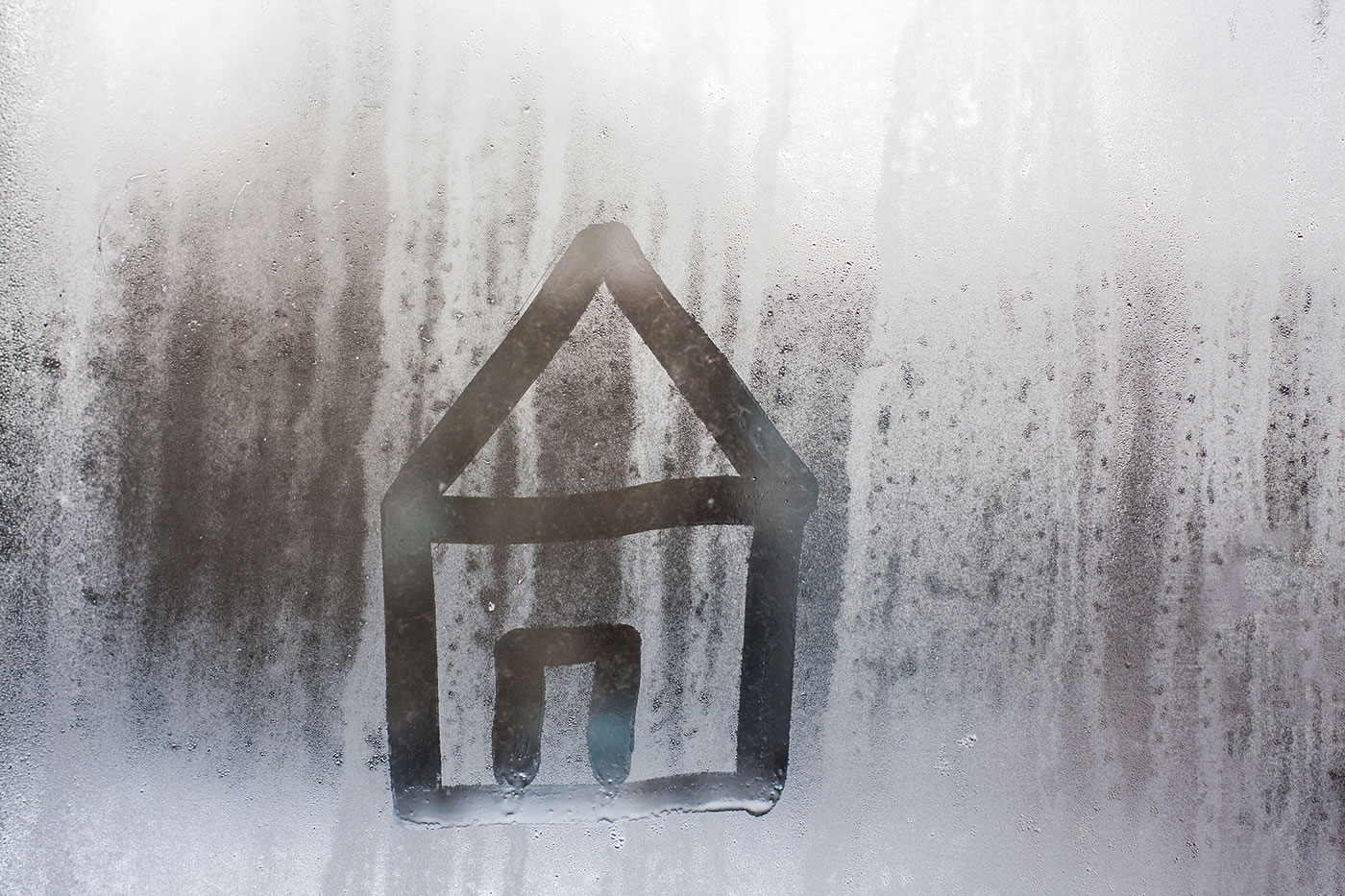Firstly, it can be helpful to understand why you have condensation in your home to begin with. Condensation happens when the water vapour in the air turns into liquid form, and when it comes into contact with a surface which is a lower temperature (usually a window or other similar surface), it becomes chilled and this results in droplets of moisture.
The warmer the air, the more vapour it can hold (hence why you still have condensation problems in the summer), but the outside temperature is also a factor in condensation build up (much more important in the winter).





